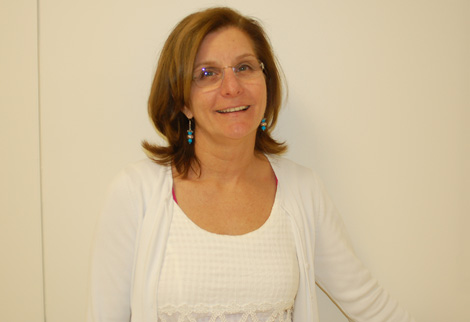Q: How does pain treatment help in the healing process? Isn’t pain just part of the game?

Teri Reyburn-Orne, RN, MSN, CPNP-AC
Pediatric Pain Team Program Manager
Cardon Children’s Medical Center
A: Historically, pain was thought to be a normal part of being ill, injured or in the hospital. Now, we know that pain control actually helps the healing process. When the body is in pain, it produces stress hormones. These substances can slow digestion, increase the heart rate and impair the immune system. A slow digestive system makes it hard to get adequate nutrition which is important for healing. An increased heart rate increases the need for calories and puts stress on the body. An impaired immune system makes it easier for a person to get an infection. In addition, pain can impair movement, which is a very important part of getting better in many situations.
Uncontrolled pain can also lead to a change in the “pain pathways”. Pain pathways are the lines of communication in the body that tell you that something is hurting and you should do something about it. These pathways can become overly sensitive, meaning that the body might tell you a touch or movement hurts more than it usually would. This change in the pain communication pathways can happen in as little as 24 hours if pain remains uncontrolled. This increased sensitivity can last for a long time and sometimes can lead to chronic pain.
As we understand more about the bad effects of uncontrolled pain we are also learning more about how to best control or avoid pain. There are, of course, the usual pain medications, but there are other ways to control pain that don’t involve taking drugs. These include things such as massage, distraction, self-hypnosis and music. As little as 15 minutes of massage can decrease levels of stress hormones and give a sense of well being. Distraction, like talking about home or a pet or looking at pictures in a book can also help decrease a person’s perception of pain.
